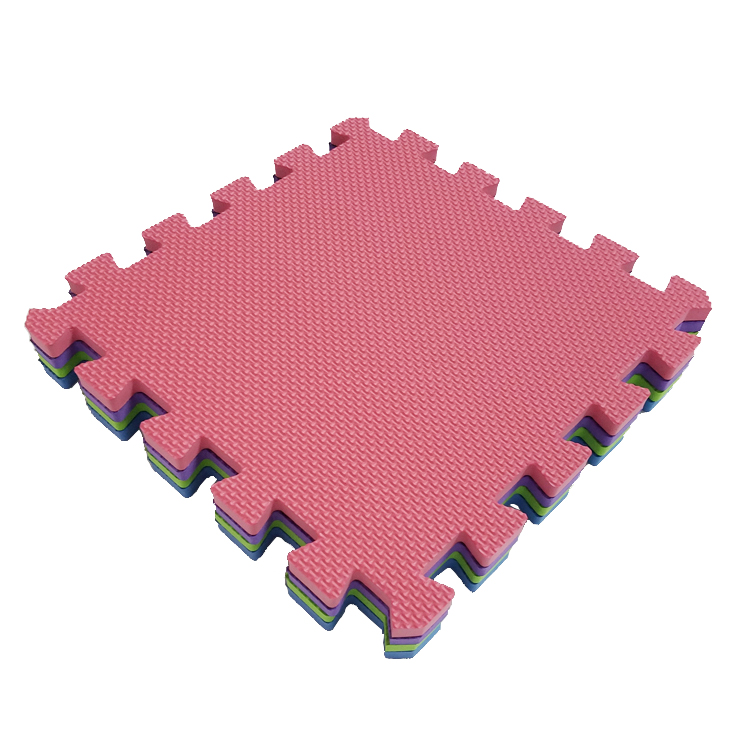4. Excessive use of certain nutrients. In this way, not only will the crop be poisoned, but it will also hinder the absorption of nutrients by the crop and cause deficiency. For example, excessive nitrogen application can cause calcium deficiency; excessive nitrate nitrogen can cause chlorosis in the absence of molybdenum; excessive potassium can reduce the effectiveness of calcium, magnesium, and boron; excessive phosphorus can reduce the effectiveness of calcium, zinc, and boron. 5, fresh manure should not be directly applied to vegetables. Fresh human excrement contains a large number of germs, toxins and parasite eggs. If it is applied directly without decomposing, it will contaminate vegetables and easily spread diseases. It can be applied after high-temperature fermentation or harmless treatment. In the process of decay, the unfertilized livestock and poultry manure will produce a large amount of harmful gases such as hydrogen sulfide, which will easily cause the vegetable seeds to suffer from hypoxia and suffocation; and generate a large amount of heat, which may cause vegetable seeds to burn or root rot, which is not conducive to vegetable seeds. Germination grows.
In order to prevent the occurrence of fertilizer damage, attention should be paid to rational fertilization in production. First, increase the application of organic fertilizer to improve soil buffer capacity; second, apply fertilizer according to regulations. According to the soil nutrient level and the demand for nutrients in the crop, rational fertilization, do not arbitrarily increase the amount of fertilization, apply the topdressing to master the principle of light fertilizer and diligence; the third is full-layer fertilization. The same amount of chemical fertilizer, when applied locally, often causes the concentration of local soil solution to rise sharply, damage the root system of the crop, and change to full-layer fertilization, so that the fertilizer is evenly distributed throughout the plough layer, so that the crop can avoid damage.
Plain Puzzle Mat is a simple and easy EVA Puzzle Mat, made from superior Eva Foam material helps multisensory stimulation and color training for children by entertaining way. A fun and high-quality Foam Puzzle Mat is suitable for playground, bed room, daycare center, and kindergarten.
Guaranteed to keep your child entertained endlessly, protects your floor, great as a comfortable puzzle mat for exercise. You can always add as many tiles you'd like to your collection to make for more creative and exciting fun or try one of our other popular packages to add more to your collection. It's safe, soft, comfortable, colorful and flexible. Ideal for kids of all ages, let your infant rest on it without worrying about the mess.


Plain Puzzle Mat
Plain Puzzle Mat,Baby Play Mat,Baby Puzzle Mats,Kids Puzzle Mat,Plain Yoga Mat,Puzzle Play Mat
Huizhou Melors Plastic Products Factory , http://www.melorsfoam.com
![<?echo $_SERVER['SERVER_NAME'];?>](/template/twentyseventeen/skin/images/header.jpg)